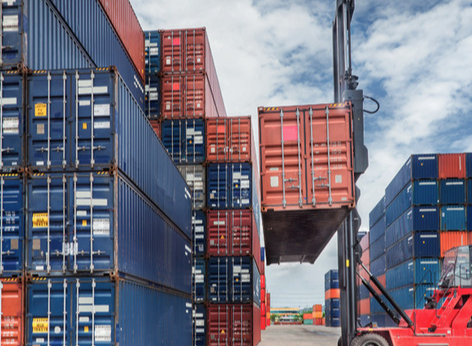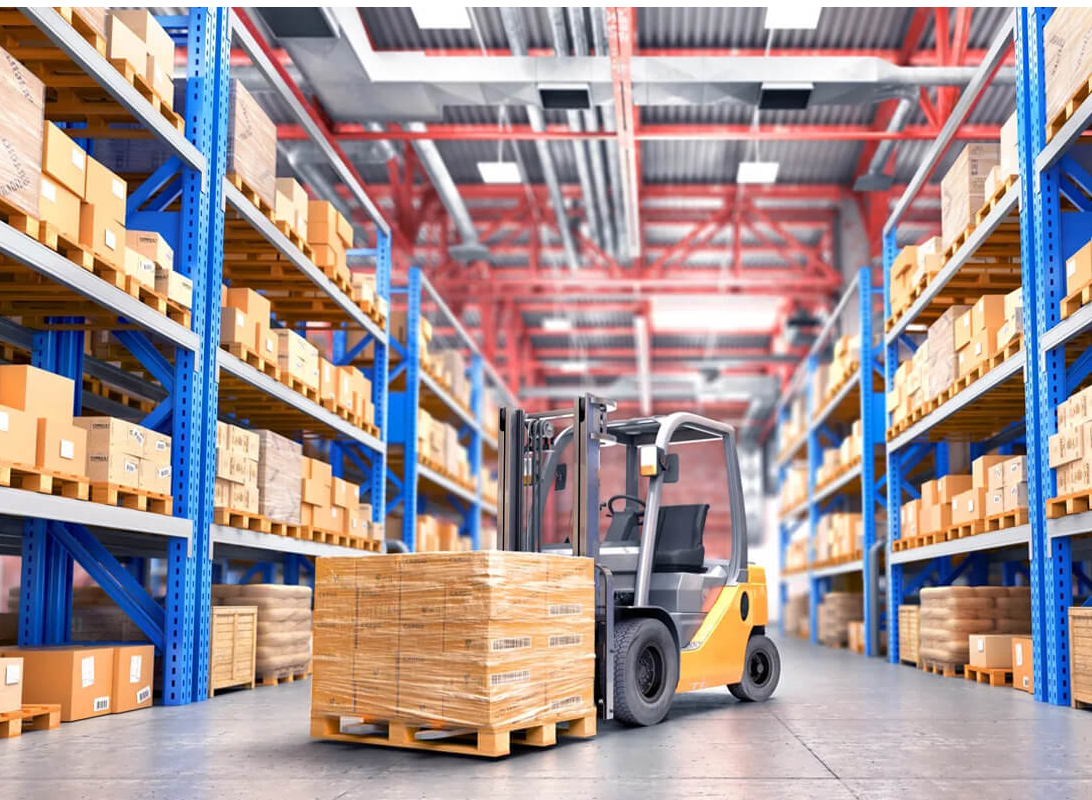FBA LCL Quote
FBA 40HQ FCL Quote
COSCO Shipping Announces GRI Increase on U.S. Routes Effective May 15, 2024
COSCO Shipping Lines has announced a significant General Rate Increase (GRI), effective May 15, 2024, affecting cargo shipments to North America from various international regions. This decision has wide-reaching implications for global trade dynamics.
Starting May 15, 2024, the new General Rate Increase (GRI) from COSCO Shipping Lines will be in effect for all shipments from the Far East, Indian Subcontinent, Middle East, and Oceania to the U.S. This includes countries such as Australia, Bahrain, Bangladesh, Brunei, Myanmar, Cambodia, China, India, Indonesia, Japan, Jordan, South Korea, Kuwait, Hong Kong, Macau, Malaysia, New Zealand, Pakistan, Philippines, Saudi Arabia, Singapore, Sri Lanka, Qatar, Taiwan, Thailand, Vietnam, and Yemen.
The GRI will be as follows for U.S. routes:
- - 20-foot container: $1,600 increase
- - 40-foot container: $2,000 increase
- - 40-foot high cube: $2,250 increase
- - 45-foot container: $2,532 increase
The above charges will apply to:
l Goods transported via all-water routes to the U.S. West Coast ports and intermodal shipments through these ports to California, Oregon, and Washington.
l Intermodal and land bridge shipments via U.S. West Coast and Canadian ports to regions outside of California, Oregon, and Washington.
l All goods shipped via all-water routes to the U.S. East Coast and Gulf of Mexico ports and all intermodal shipments through these ports.
For Canada, there is an increase in the General Rate Increase (GRI) for shipments from the Far East to Vancouver/Prince Rupert, and for intermodal shipments through Vancouver/Prince Rupert. The GRI also applies to all-water transportation to the East Coast and intermodal shipments via the East Coast.
The GRI will be as follows for Canada Routes:
- - 20-foot container: $1,800 increase
- - 40-foot container: $2,000 increase
- - 40-foot high cube: $2,250 increase
- - 45-foot container: $2,532 increase
Business Implications
The increased shipping costs will directly impact businesses importing goods into the U.S. and Canada, potentially leading to higher consumer prices and necessitating adjustments in supply chain and inventory management.
Strategic Adjustments
Companies are advised to explore alternative shipping options, renegotiate with logistics providers, or enhance relationships with local suppliers to mitigate the financial impacts of the rate increases.
Conclusion
This GRI by COSCO Shipping Lines is set to reshape the cost structures of North American businesses reliant on international trade. Companies must adapt strategically to manage these increased costs effectively.



